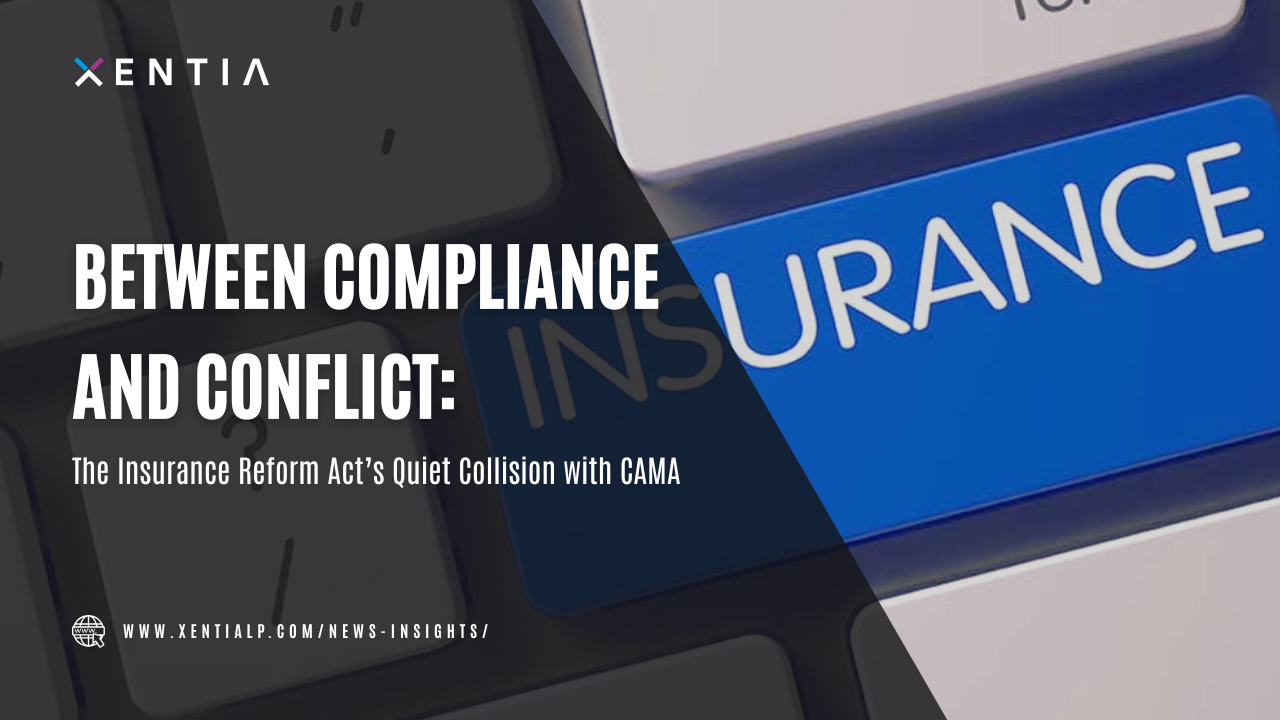The Nigeria Insurance Industry Reform Act, 2025 (“the Act”) has been welcomed rightly as a watershed moment for insurance regulation in Nigeria. It raises the bar for governance, solvency, and disclosure, giving the National Insurance Commission (NAICOM) broader oversight powers to ensure financial stability in the sector.
But while the spirit of the Act is forward looking, certain provisions may have unintended and arguably problematic implications. One such area is the intersection between NAICOM’s expanded powers and the statutory duties imposed by the Companies and Allied Matters Act, 2020 (CAMA), particularly around Annual General Meetings (AGMs).
New Rules on AGMs and Dividends
Under the new Act, insurers must now obtain NAICOM’s approval of their annual returns before:
- Holding an AGM; or
- Declaring dividends to shareholders.
This is not a soft recommendation. It’s a hard prohibition. If NAICOM does not approve an insurer’s annual returns, the company cannot convene an AGM or issue dividends even if all other conditions are met.
This creates an immediate tension with CAMA 2020, which requires all public companies to hold AGMs annually. That obligation is not discretionary. It is a statutory duty, with penalties for non-compliance. So what happens when an insurer is caught in the middle bound by one statute to hold an AGM, but blocked by another regulator from doing so?
A Legal Catch-22
This is more than a technical glitch in the law. It creates a compliance deadlock.
On one hand, failure to hold an AGM within the prescribed period violates CAMA and exposes the company and its officers to regulatory sanctions by the Corporate Affairs Commission (CAC). On the other, convening an AGM without NAICOM’s approval could breach the Insurance Act, inviting penalties or worse from the sector regulator.
It’s a classic case of regulatory overlap with no clear exit.
Governance at Crossroads
The implications run deep. AGMs are not procedural niceties, they’re central to shareholder democracy. They allow members to:
- Receive audited financials;
- Appoint directors and auditors;
- Question management;
- Approve dividends.
If insurers are prevented from holding AGMs due to NAICOM’s withholding of return approvals perhaps for reasons entirely unrelated to shareholder matters then shareholder rights are suspended by regulatory discretion. That’s a worrying precedent.
Questions That Need Asking
This raises several difficult but necessary questions:
Can a regulatory agency override a company’s express statutory obligations under a federal law like CAMA?
Should compliance with prudential regulation justify the denial of shareholder rights?
Where do we draw the line between legitimate oversight and overreach?
The answers to these questions are not clear-cut, but they matter because they affect real companies, real shareholders, and the integrity of our corporate legal framework.
What Needs to Happen
Rather than leave insurers to navigate conflicting legal obligations, this is a moment for regulatory alignment:
Clarification: NAICOM should clarify whether the restriction on AGMs applies only to dividend-related resolutions or whether it was intended to block AGMs entirely. That distinction matters.
Coordination: The CAC, NAICOM, and other key regulators should coordinate to avoid creating compliance gaps. A joint statement or harmonisation protocol may be necessary.
Legislative Review: The National Assembly may need to revisit the Act to ensure that sector-specific reforms don’t inadvertently override foundational corporate law principles.
Closing Thoughts
The Insurance Reform Act, 2025 is a big step forward but one that must not trip over its own ambition. Good governance isn’t just about stronger oversight; it’s about legal clarity, accountability, and respecting the checks and balances that define corporate law.
When two laws pull in opposite directions, even the best intentions can produce confusion. The challenge now is to ensure that regulatory strength is matched with coherence so that insurers can comply with the law without having to choose which law to break.



